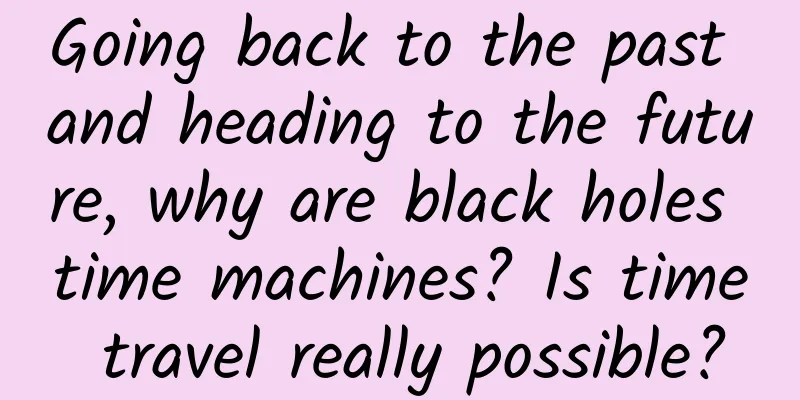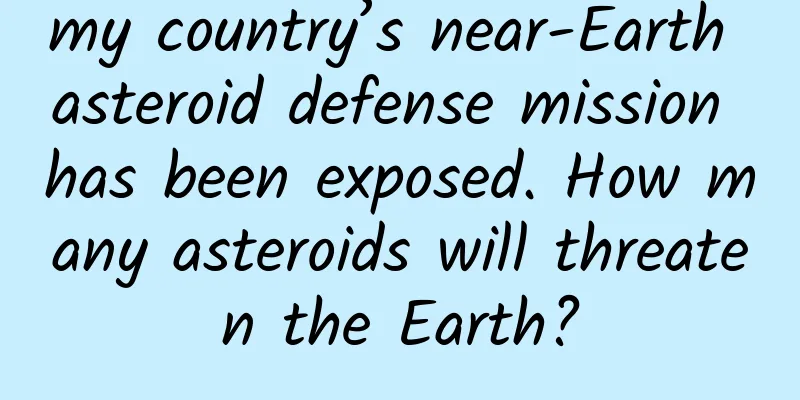Going back to the past and heading to the future, why are black holes time machines? Is time travel really possible?

|
Black holes are time machines, but they have hidden dangers. This video visualization simulates what a black hole looks like, as matter trapped by its gravity gathers into a thin, hot structure called an accretion disk. The black hole's intense gravity distorts the light from different regions in the accretion disk, creating a distorted appearance. The black hole depicted here could serve as a time machine, allowing travel to the past or the future... but there are hidden dangers. Image via NASA’s Goddard Space Flight Center/Jeremy Schnittman. Sam Barron, Australian Catholic University Black holes are natural time machines that we can use to travel to the past or the future. However, don't expect to travel back in time to see dinosaurs anytime soon. We haven't built a spacecraft that can get close to a black hole. However, even leaving aside this small detail, trying to use a black hole to travel back in time might be the last thing you do in your life. What is a black hole? Black holes are extremely massive and are usually formed by the collapse of dying stars. Like planets and stars, black holes have gravitational fields around them. Gravitational fields are the reason we are "stuck" to Earth and why the Earth orbits the Sun. As a rule of thumb, the more massive an object is, the stronger its gravitational field is. It's the Earth's gravitational field that makes it so difficult for us to travel into space. That's why we build rockets: only by going really fast can we break through the Earth's gravitational pull. And the gravitational field of a black hole is so strong that not even light can escape. This may seem hard to believe, since the speed of light is the fastest speed known to science! This, by the way, is why black holes are “black”: we can’t shine a flashlight through a black hole the way we can shine a flashlight through a tree in the dark. Extension of space Einstein's general theory of relativity tells us that matter and energy have a special effect on the universe: they can bend and stretch space. The greater the mass of an object, the greater the stretching and bending it causes to the space around it. A massive object creates a kind of "topography" in space that's like a valley. When objects get close, they fall into this valley. So when you get close enough to any massive object, like a black hole, you fall in. This is also why light can't escape a black hole: the sides of the valley are too steep, and light isn't fast enough to climb out. As you approach a black hole from a distance, the valley it forms gets steeper and steeper. The point at which the valley becomes so steep that light can’t escape is the event horizon. Event horizons aren’t just interesting to would-be time travelers — they’re also interesting to philosophers because of the way their existence affects our understanding of the nature of time. Black holes warp time When space is stretched, time is stretched as well. A clock near a massive object will tick more slowly than one near a much less massive object. That is, a clock near a black hole will tick much slower than a clock on Earth. So, one year near a black hole could mean 80 years on Earth, just like you might have seen in the movie Interstellar. In this way, we can use black holes to travel to the future. If you want to reach the future of the Earth, you only need to fly near the black hole and then return to the Earth. If you are close enough to the center of the black hole, your time will pass more slowly, but as long as you do not cross the event horizon, you should be able to escape the black hole and return to the Earth. The cycle of time So what was the past like? This is where things get really interesting. Black holes warp time so much that it can circle back to the beginning. Imagine connecting the two ends of a piece of paper to form a loop. This may be what a black hole does to time. Thus, a natural time machine is born. If you can somehow enter this loop, which physicists call a closed time curve, you will find that your trajectory in space starts in the future and ends in the past. You will also find that the cause and effect of events in this cycle are difficult to untangle. Things in the past cause things in the future, and your travels in the future cause things in the past to happen. Hidden dangers So, you've discovered a black hole, and you want to use your trusty spaceship to get close enough to it to travel back in time and visit the dinosaurs. Sounds like good luck. However, there are three problems with this. First, you can only travel back to the past of the black hole. That is, if the black hole was created after the extinction of the dinosaurs, then you can't go back far enough in time. Second, you would most likely have to cross the event horizon to enter the time loop. This means that to get out of the loop at a certain time in the past, you would need to leave the event horizon. However, leaving the event horizon would require traveling faster than the speed of light, which we are pretty sure is impossible. Finally, and perhaps worst of all, you and your spacecraft will experience "spaghettification." Sounds delicious, right? Unfortunately, it's not a good thing. As you cross the event horizon, you'll be stretched apart, like a piece of noodle. In fact, you might be stretched so thin that you'll become just a string of atoms spiraling through the void. So while it's fun to think about the time-warping properties of black holes, traveling back in time and visiting dinosaurs will have to remain a fantasy for the foreseeable future. Sam Barron is an associate professor of philosophy of science at Australian Catholic University. The basic argument: Black holes are time machines, capable of traveling into the future and the past. But it's not that simple. BY:EarthSky Voicesand FY: Rain on the Xiao If there is any infringement of related content, please contact the author to delete it after the work is published. Please obtain authorization for reprinting, and pay attention to maintaining integrity and indicating the source |
<<: Frostbite! What should I do?
Recommend
What SEO strategies should startups adopt?
"The search rankings cannot rise as expected...
How to increase and retain APP users?
How can APP do a good job in user operation? Can ...
Huang Yongsheng's resume: website promotion and marketing skills
Website promotion and marketing of pharmacies 1. ...
"Perfect Diary" content marketing model!
The rapid popularity of Perfect Diary , a domesti...
Yu Lu丨The beauty of symmetry breaking realizes the unity of the physical world
Where is the beauty in broken symmetry? It actual...
If you use your phone improperly, be careful that it will turn into a "grenade"! During the long holiday, let's talk about the issues of mobile phone charging
Qingming Festival Whether at home or traveling I ...
6 practical skills for SEM promotion, apply them and the effect will be steadily improved!
There are a wide variety of Baidu backend optimiz...
How to promote on Bilibili?
Bilibili , a video content community that started...
Let’s talk about 5 aspects: How to do brand cross-border marketing?
Cross-border marketing is the process of combinin...
Make friends with e-commerce academy · Get started with live streaming with zero basics, and learn how to become a live streaming anchor
Make friends with e-commerce academy. Get started...
What happens to your body if you eat 1 bowl of rice noodles every day? Eating this way is healthier →
Rice noodles are a very popular delicacy in south...
Alipay's "Five Fortunes" collection has started! New family photo, up to 48,888 yuan in prize money
On January 13, the 19th day of the twelfth lunar ...
4 soft methods of app promotion that you may not know
Developing an APP is actually not difficult. The ...
What is the purpose of following hot topics and taking advantage of trends every day?
Now when it comes to chasing hot topics and lever...
20 brands tell you the triple realm of brand content marketing in 2016!
Today's society has entered a stage of consum...









